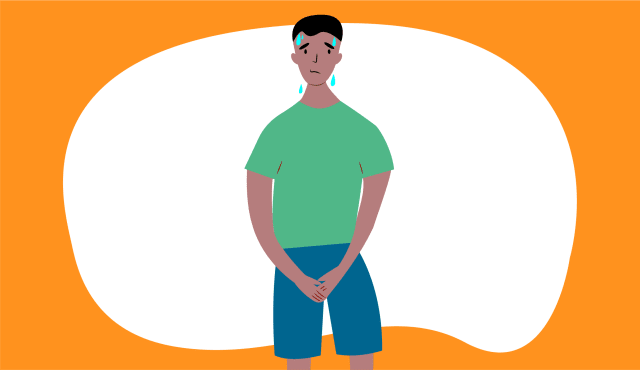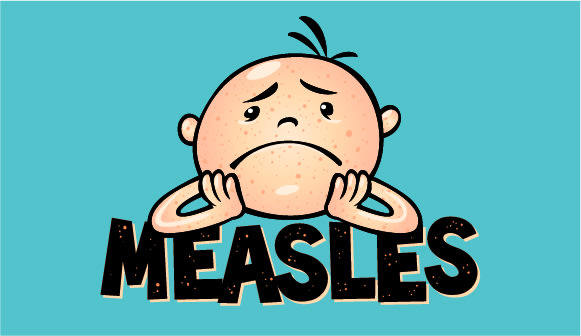Talking testicular torsion
What parents and children should know about the painful condition.
Article Author: Juliette Allen
Article Date:

At some point in the parenting journey, many moms and dads will teach their children about body safety with the use of a common phrase: “private parts” are private. But pediatric doctors say it’s equally important to empower kids and teens to tell a trusted adult if something’s not right down there.
Some conditions require immediate care, and one in particular is considered an emergency: testicular torsion.
“There is a risk of losing a testicle when torsion occurs and our chance of saving it lessens as more time passes,” said Andrew Stec, MD, chief of Pediatric Urology for Wolfson Children’s Hospital and Nemours Children’s Health, Jacksonville. “That’s why it’s critical for parents to build that trusting relationship with their children so if something happens, it can be addressed urgently.”
How do testicles twist?
Dr. Stec explained that testicular torsion occurs when a testicle twists on its own blood supply.
“While a baby boy is developing, the testicles descend from the abdomen into the scrotum, leaving the testicle and its blood supply to act similar to a ball on a tether,” he said. “Some children’s testicles don’t form the correct attachments during development, which means the testicle is susceptible to twist on itself.”
When this occurs, it cuts off blood flow to the testicle. This often leads to sudden onset of severe pain, though sometimes the pain may develop gradually as the twist gets more severe over time.
In addition to significant pain, some common symptoms of testicular torsion may include:
- Nausea or vomiting
- Firmness, redness or swelling on one side of the scrotum
“If you notice your child appears to be in pain or is experiencing discomfort in the groin area, you should ask whether something’s wrong,” Dr. Stec said.
Torsion commonly occurs in boys over the age of 10 with most cases occurring between the ages of 12 and 16, though it can also occur in all ages from newborns to adults.
Treatment for torsion
Testicular torsion is considered a surgical emergency. Parents who think their child may be experiencing symptoms should bring them quickly to a children’s emergency center for evaluation. The longer a torsion remains in place before intervention, the lower the chance of the surgeon being able to save the testicle.
“During the procedure, we make an incision and go in and untwist the testicle. If it’s been without blood flow for too long, the testicle will be removed. If it survived the torsion, we’ll secure it in place inside the scrotum to make sure it doesn’t twist again,” Dr. Stec explained. “We do the same thing to the other testicle to minimize its future risk of torsion, as well.”
Dr. Stec said his team sees an average of at least one case a week at Wolfson Children’s Hospital; on some days, he said as many as three cases have come through the doors. That’s why it’s important for parents to be aware of testicular torsion and have the knowledge to recognize the signs.
“I would just encourage parents to pay attention to their kids and ask questions if they seem to be uncomfortable or in pain,” he said. “Especially when it comes to the genital region, it’s important to build trust so kids don’t feel embarrassed opening up about any issues that may occur.”
When your child needs emergency care, the team of pediatric specialists at Wolfson Children’s Hospital is ready to help. To find the Wolfson Children’s Emergency Center nearest you, visit wolfsonchildrens.com/emergency.



